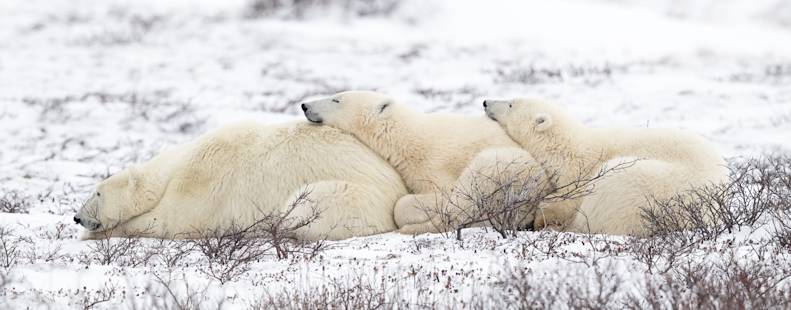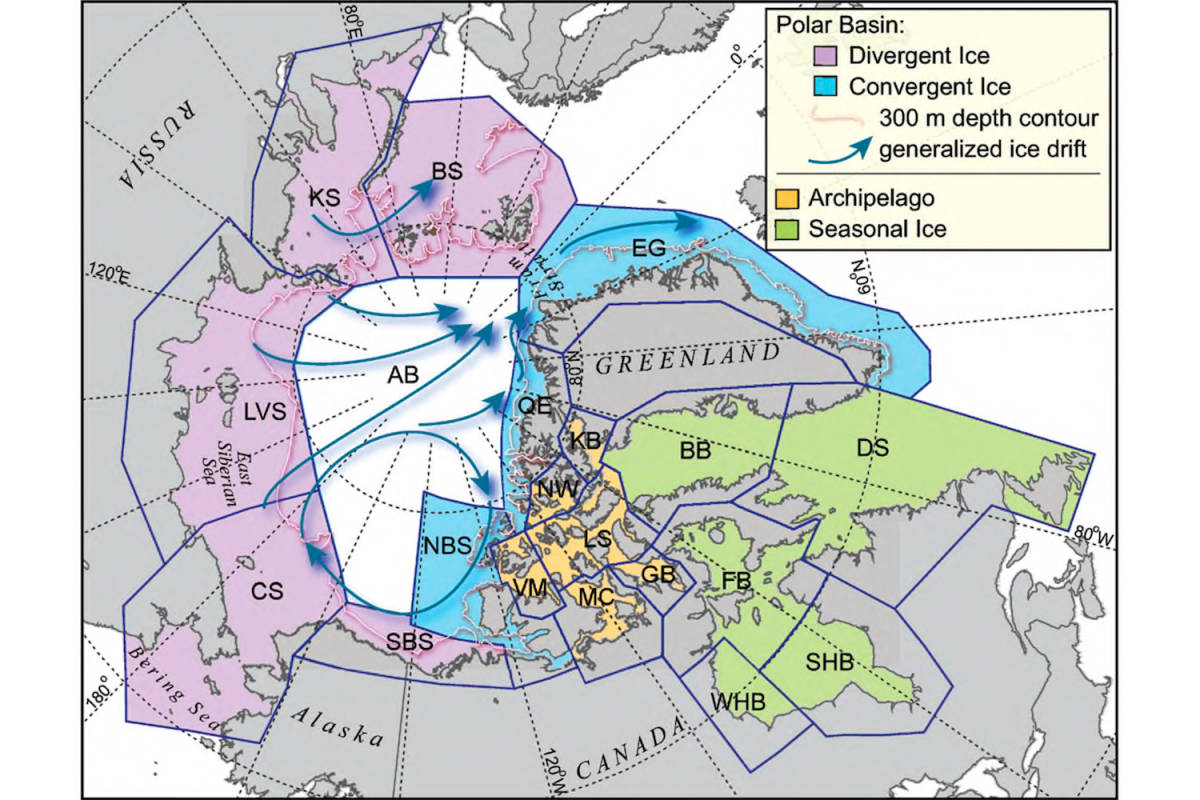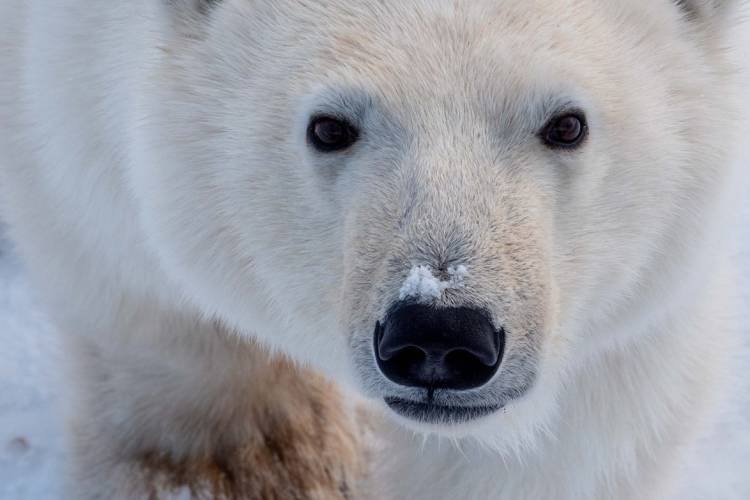Activity 3B: Explore

Photo: Tim Auer / Polar Bears International
Polar Bear Subpopulations
Polar Bears and Sea Ice Regions
Polar bears need a platform of sea ice to reach their prey: ringed and bearded seals. But not all sea ice is equal: some sea ice lies over more productive hunting areas—and some ice regions will melt sooner than others in a warming Arctic. Scientists have currently identified 19 subpopulations of polar bears living in four different ice regions in the Arctic. Why does it help to divide the Arctic into ice regions? For those polar bear subpopulations that are little-studied, scientists can make informed estimates on how they're faring based on the health and condition of other populations in the same region.
Step One
Watch this short video of Dr. Steven Amstrup explaining the Four Ice Ecoregions (shown on the map below). You will also learn more about these ecoregions in Activity 3C.
This video is available for download for AAC use and one of few resources with French, French (Canadian), and German subtitles

Step Two
The Polar Bear Specialist Group (PBSG) provides a status table and status assessments that are updated regularly regarding polar bear population size in each of the subpopulations. Explore the two resources found below.
Step Three
After reviewing the information from the PBSG – what new facts have you learned? Share your thoughts in the Discord community.

Photo: BJ Kirschhoffer / Polar Bears International
Finished?
Continue on to Activity 3C – Reflect.

Photo: Kieran McIver / Polar Bears International










